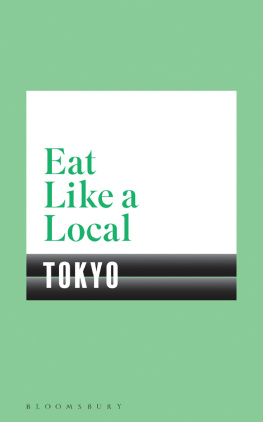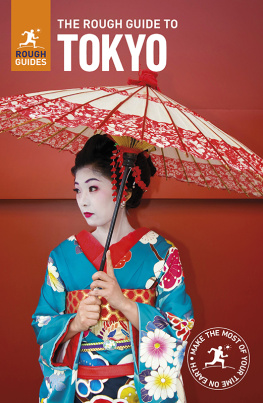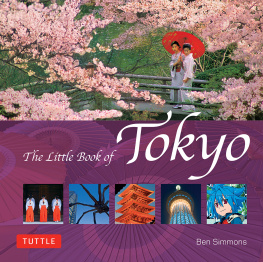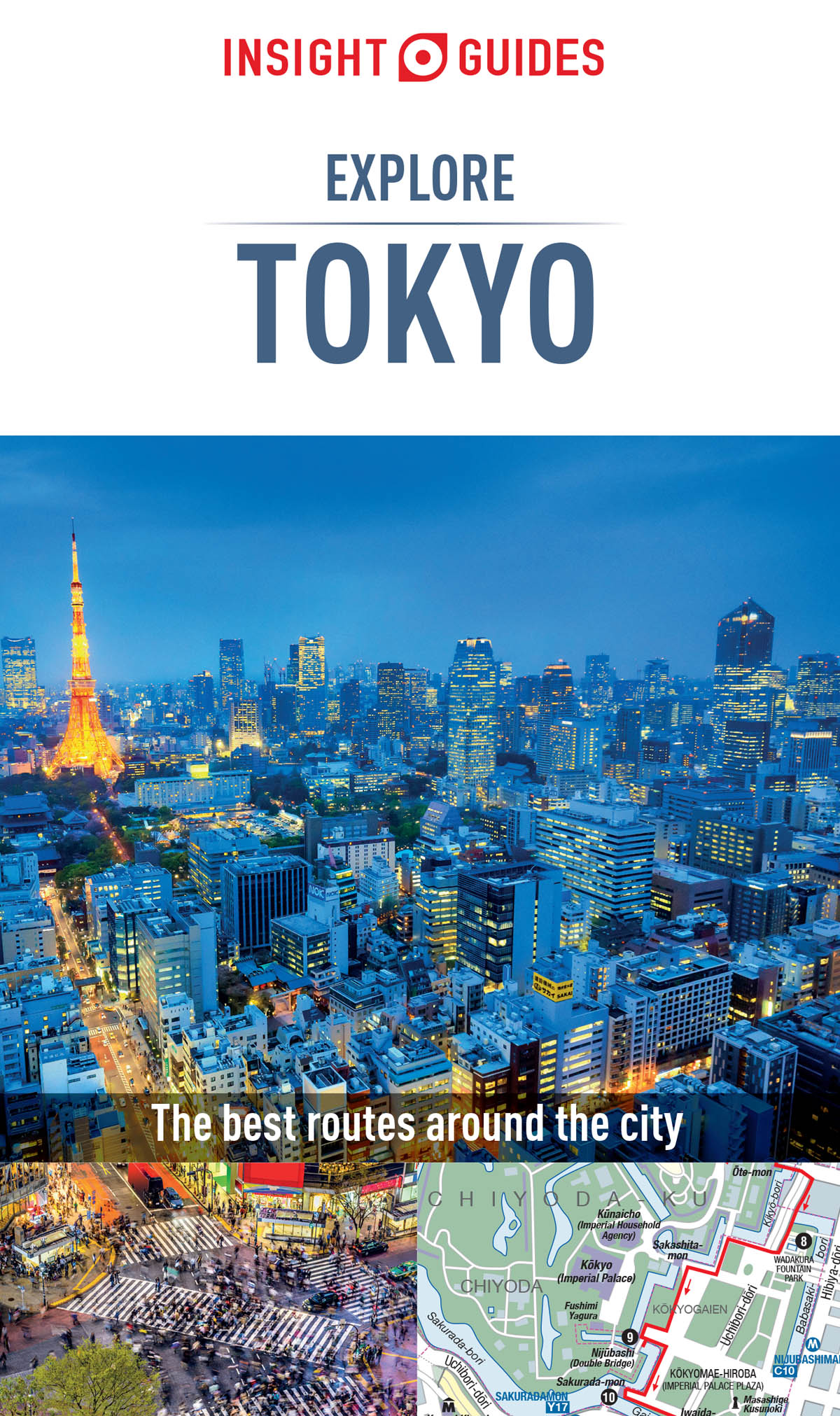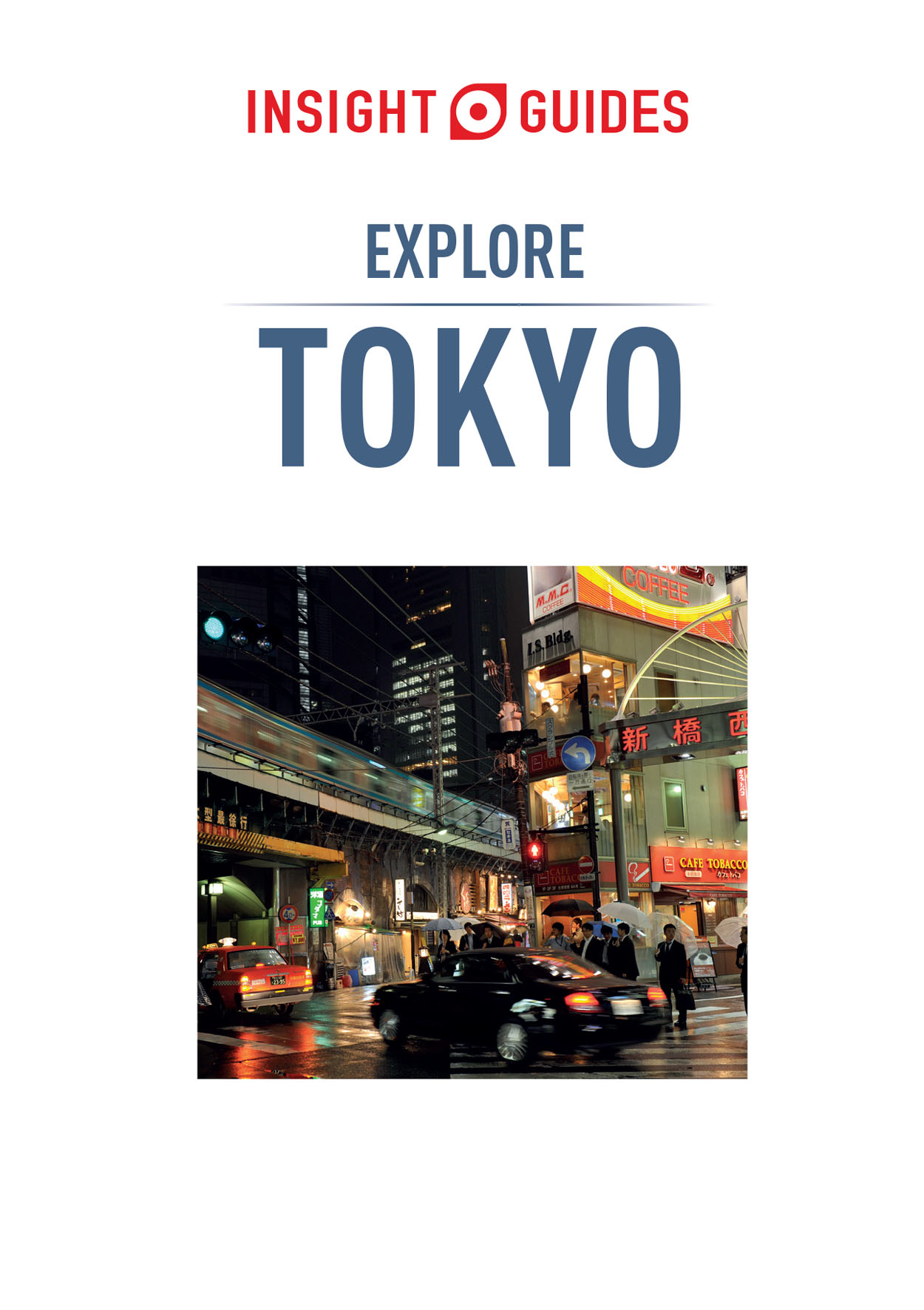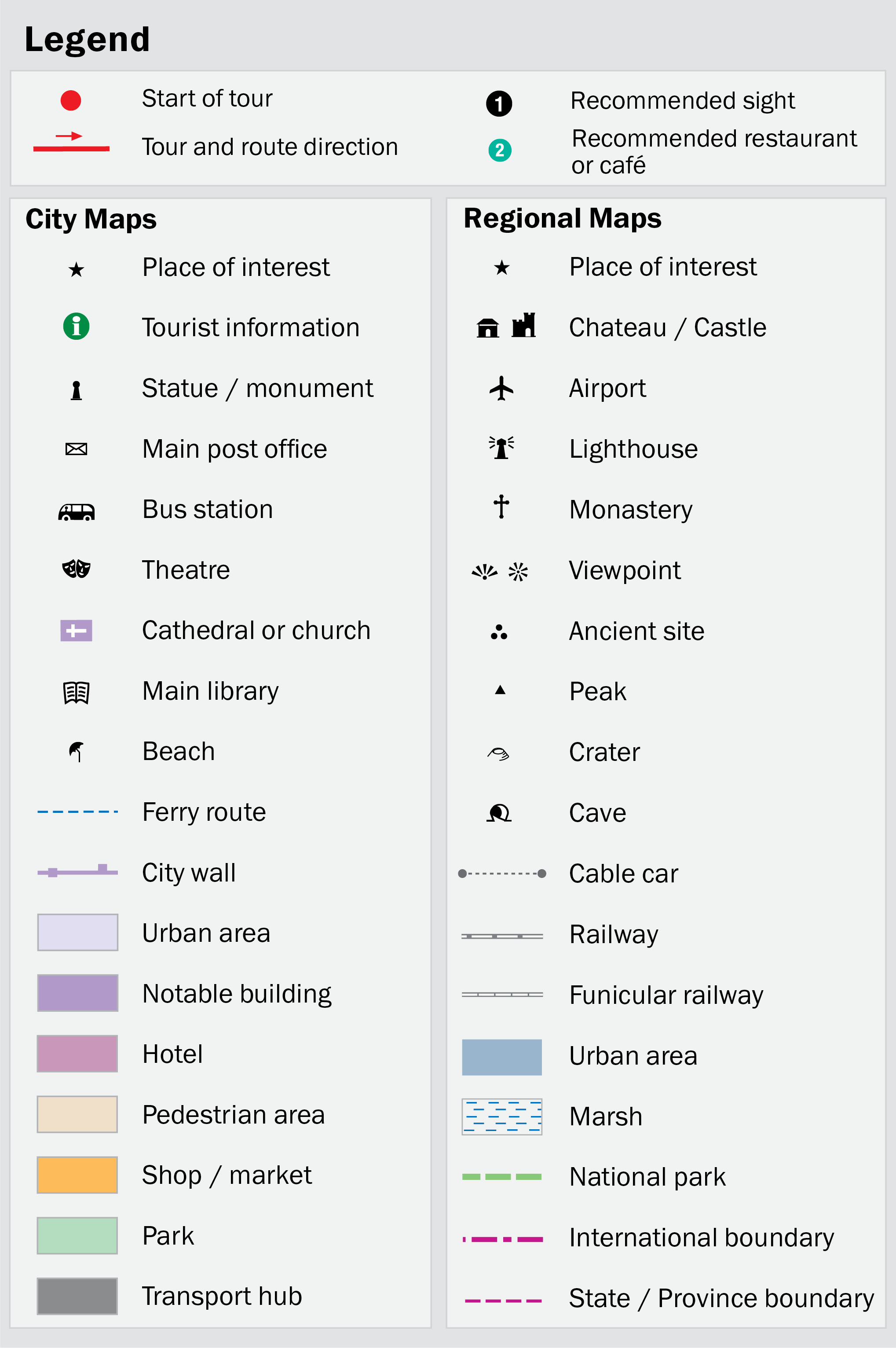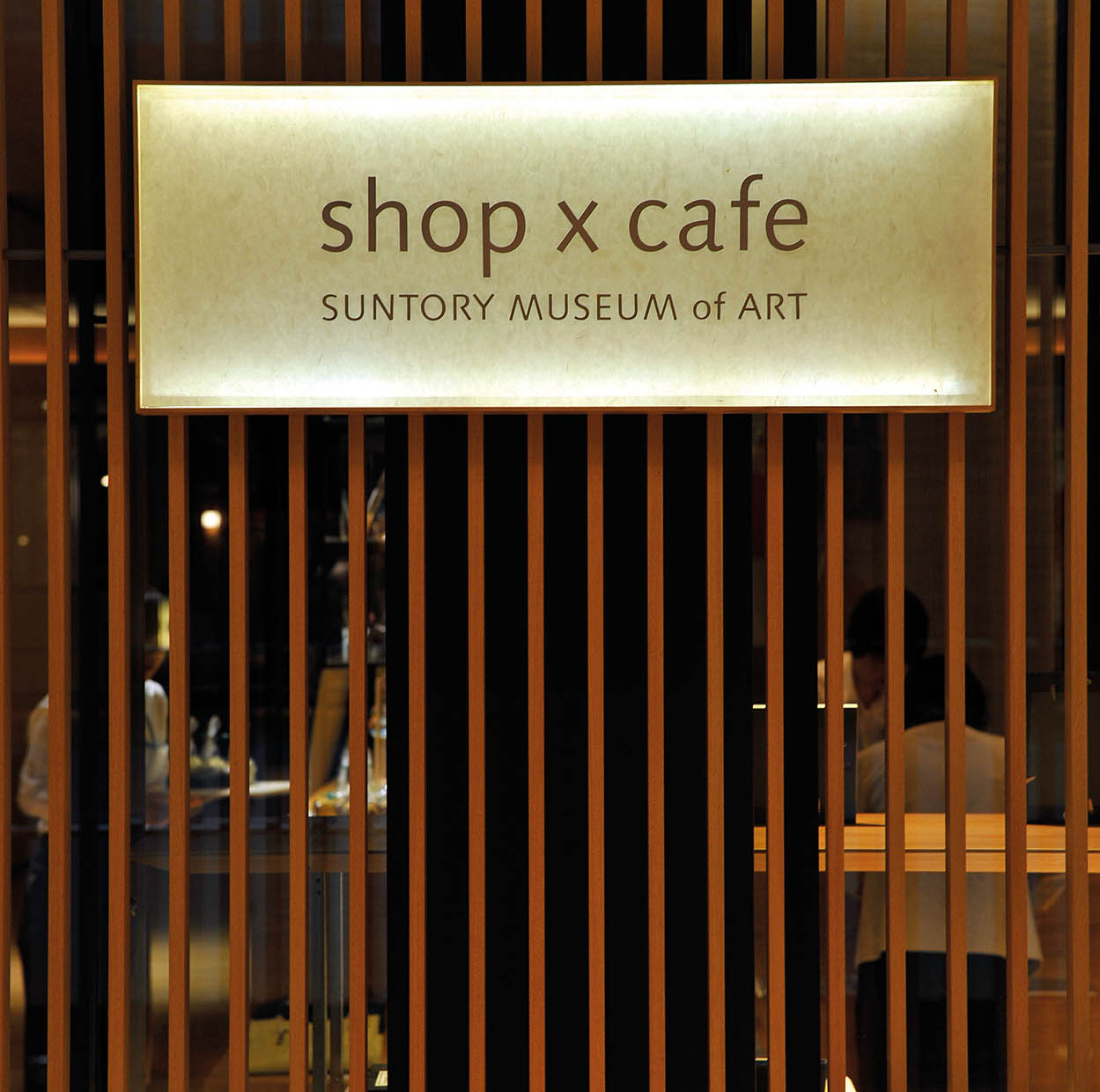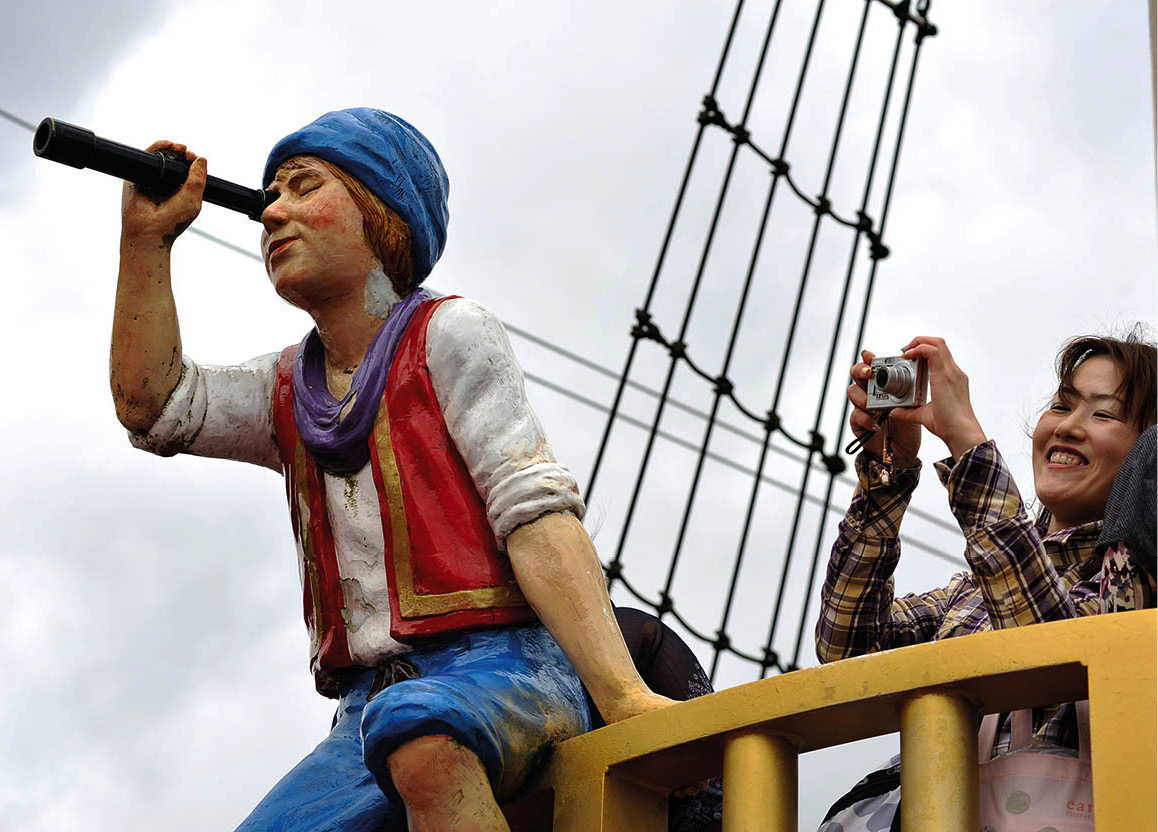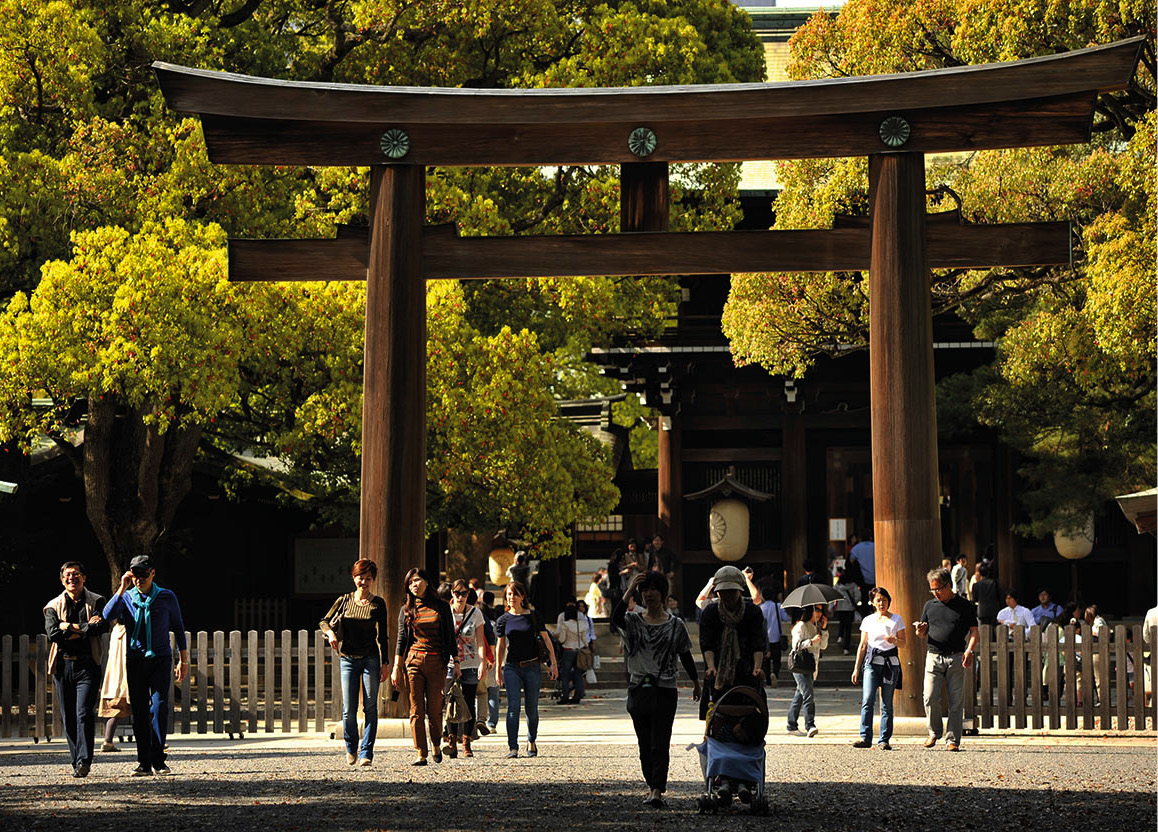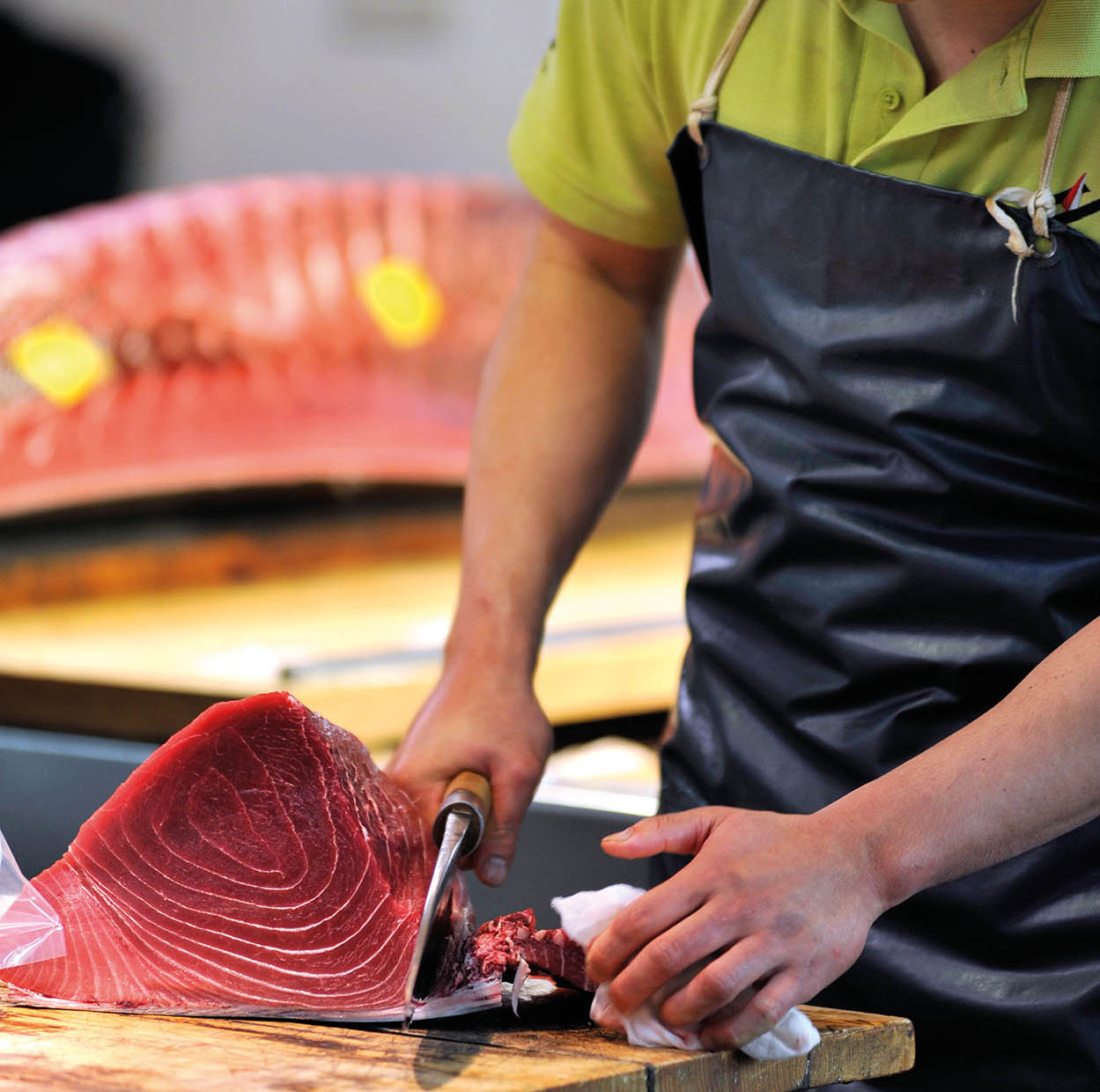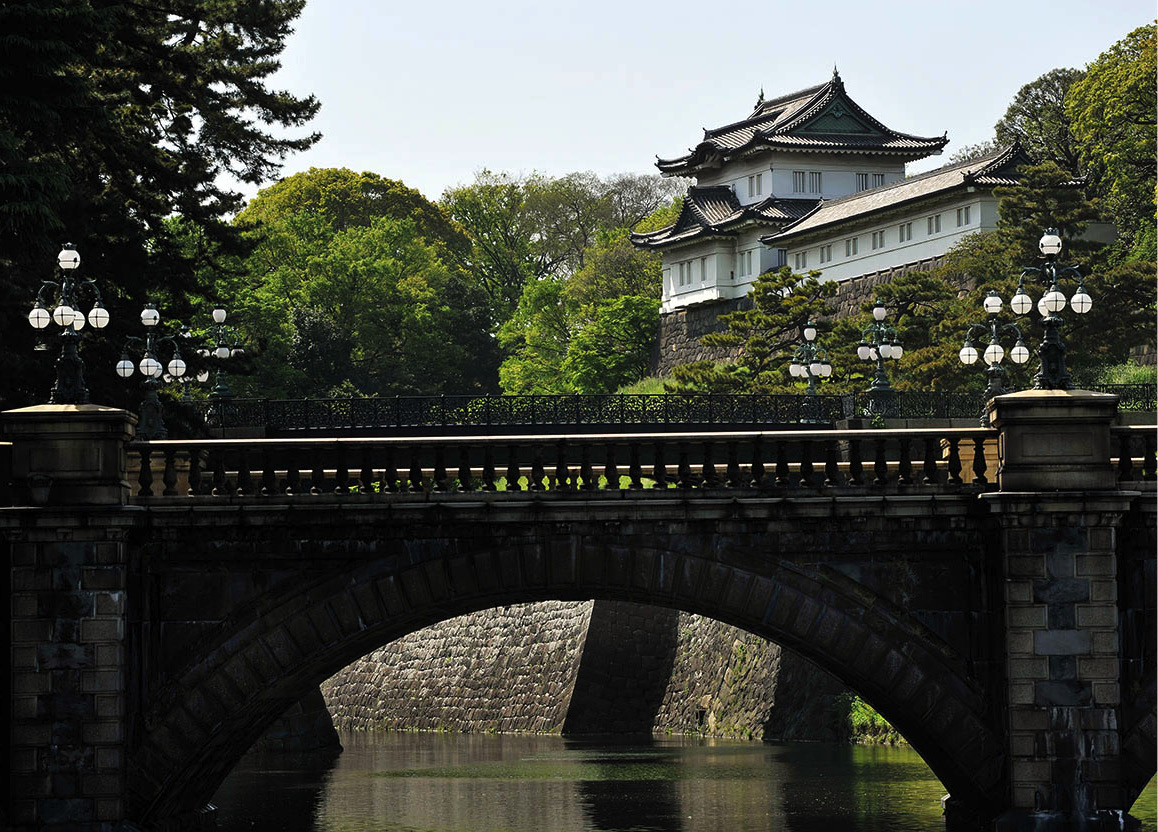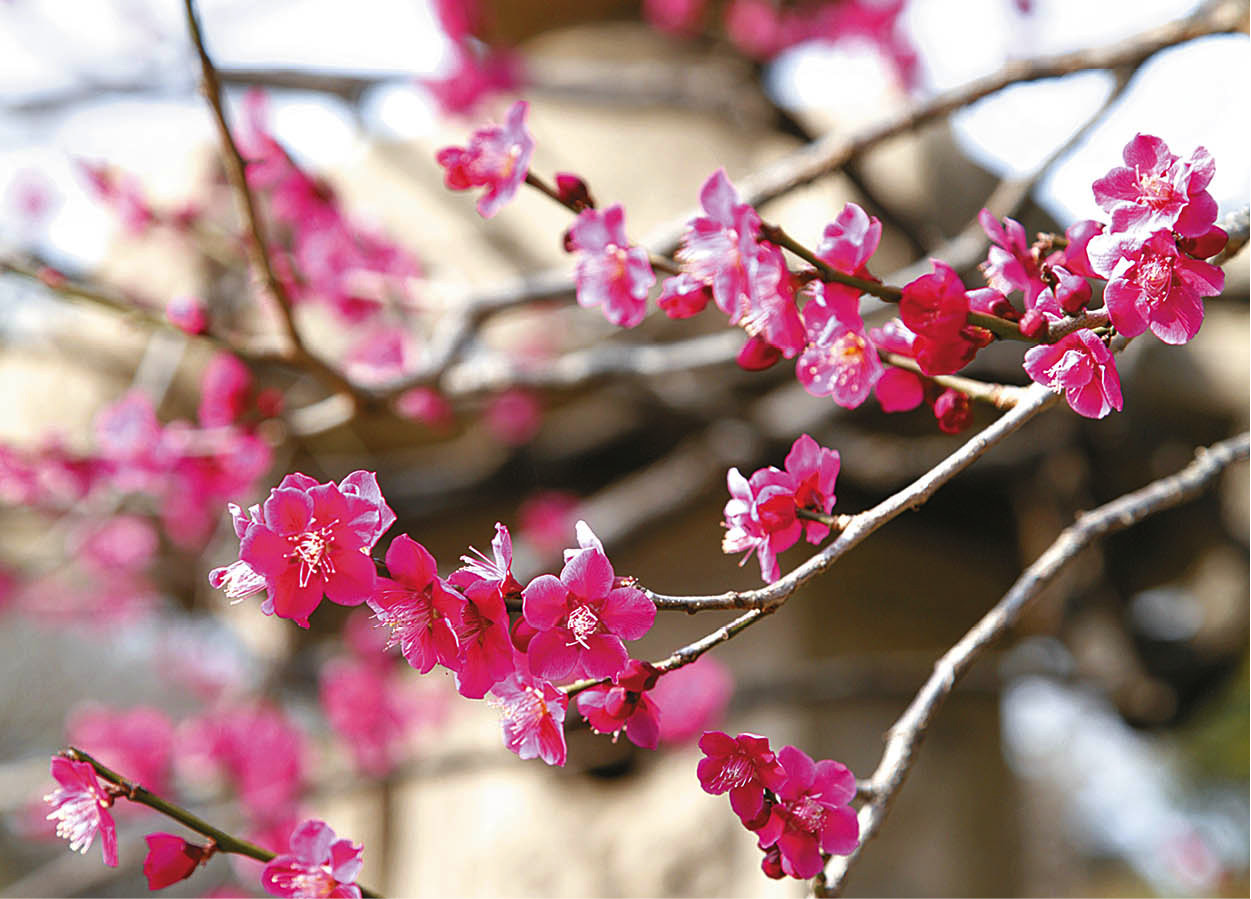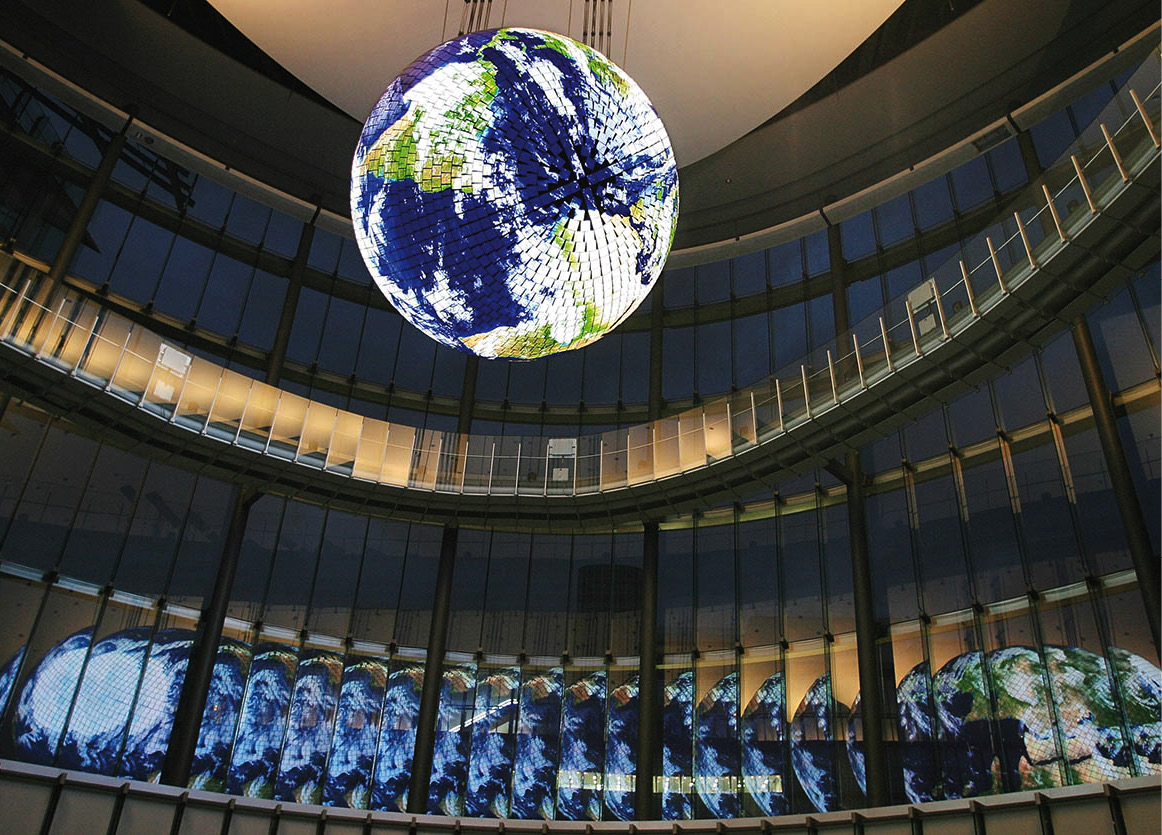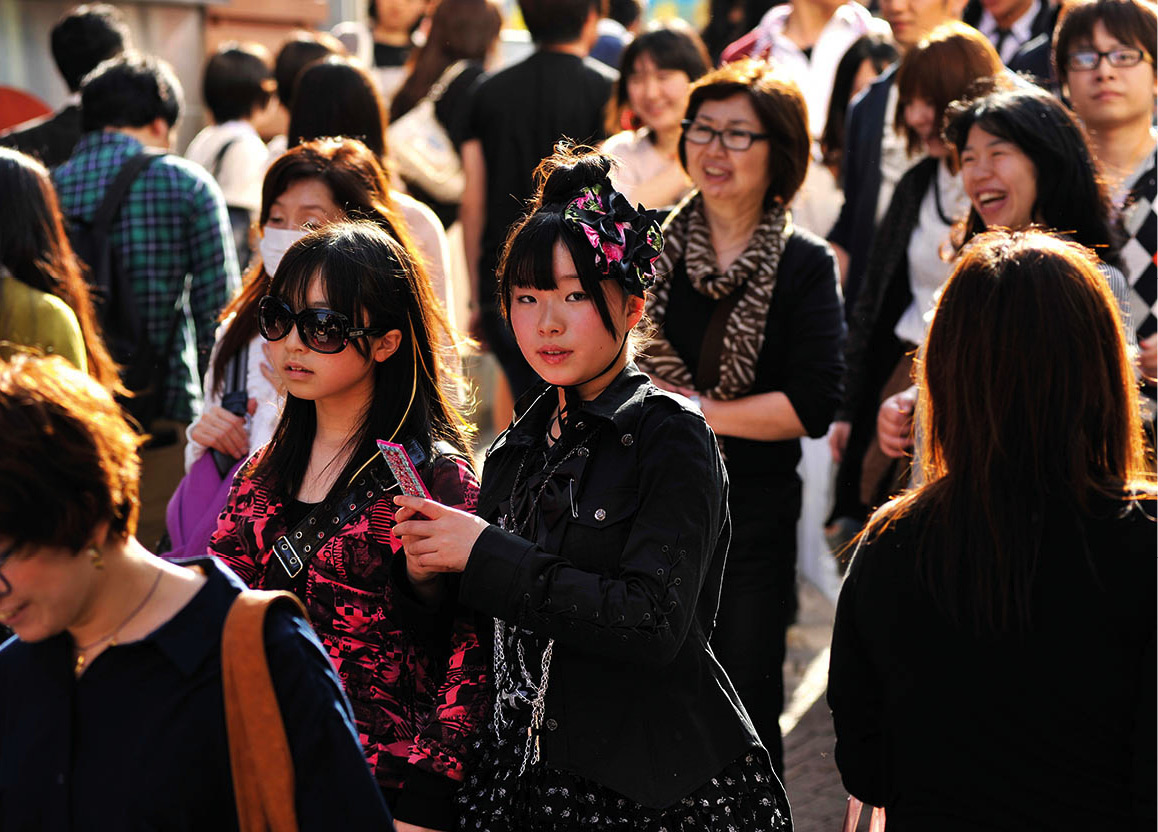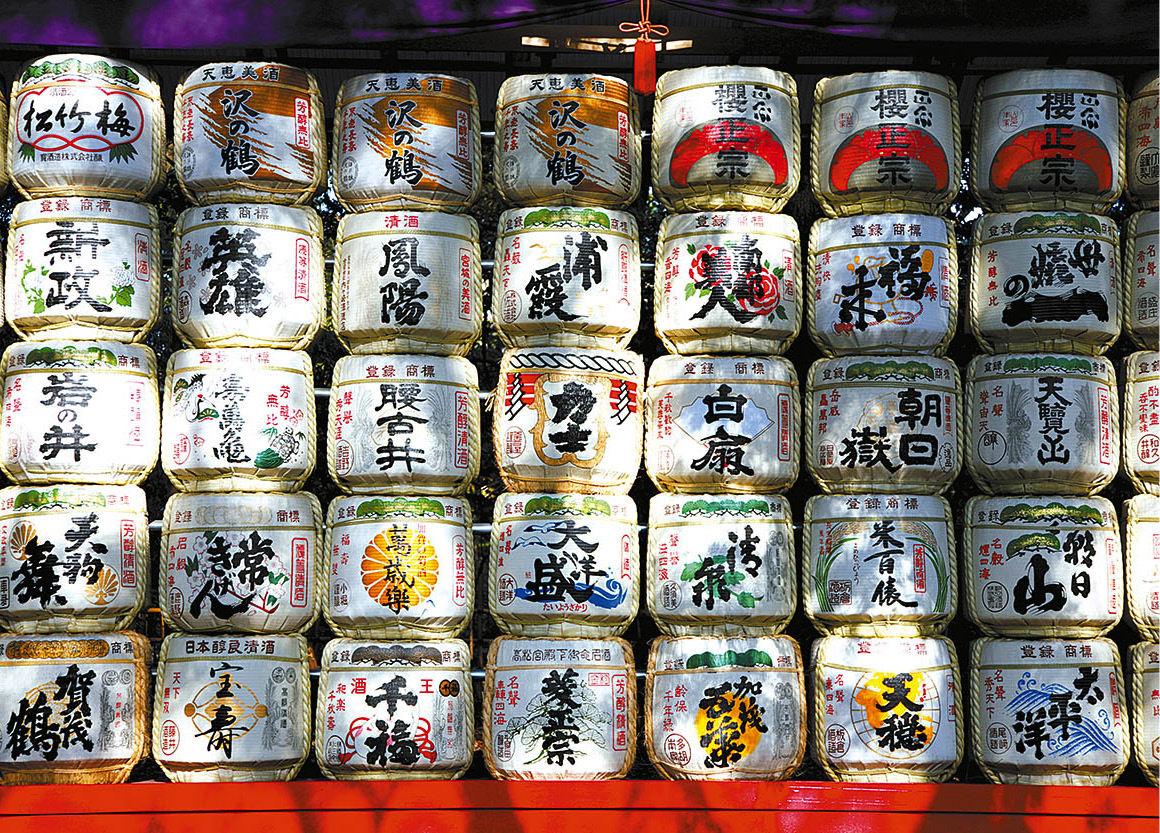How To Use This E-Book
This Explore Guide has been produced by the editors of Insight Guides, whose books have set the standard for visual travel guides since 1970. With top-quality photography and authoritative recommendations, these guidebooks bring you the very best routes and itineraries in the worlds most exciting destinations.
Best Routes
The routes in this book provide something to suit all budgets, tastes and trip lengths. As well as covering the destinations many classic attractions, the itineraries track lesser-known sights, and there are also excursions for those who want to extend their visit outside the city. The routes embrace a range of interests, so whether you are an art fan, a gourmet, a history buff or have kids to entertain, you will find an option to suit.
We recommend reading the whole of a route before setting out. This should help you to familiarise yourself with it and enable you to plan where to stop for refreshments options are shown in the Food and Drink box at the end of each tour.
Introduction
The routes are set in context by this introductory section, giving an overview of the destination to set the scene, plus background information on food and drink, shopping and more, while a succinct history timeline highlights the key events over the centuries.
Directory
Also supporting the routes is a Directory chapter, with a clearly organised AZ of practical information, our pick of where to stay while you are there and select restaurant listings; these eateries complement the more low-key cafs and restaurants that feature within the routes and are intended to offer a wider choice for evening dining. Also included here are some nightlife listings, plus a handy language guide and our recommendations for books and films about the destination.
Getting around the e-book
In the Table of Contents and throughout this e-book you will see hyperlinked references. Just tap a hyperlink once to skip to the section you would like to read. Practical information and listings are also hyperlinked, so as long as you have an external connection to the internet, you can tap a link to go directly to the website for more information.
Maps
All key attractions and sights mentioned in the text are numbered and cross-referenced to high-quality maps. Wherever you see the reference [map] just tap this to go straight to the related map. You can also double-tap any map for a zoom view.
Images
Youll find lots of beautiful high-resolution images that capture the essence of the destination. Simply double-tap on an image to see it full-screen.
2016 Apa Digital (CH) AG and Apa Publications (UK) Ltd
Table of Contents
Recommended Routes For...
Art enthusiasts
Bounce around Roppongis Art Triangle ().
Chris Stowers/Apa Publications
Children
Youngsters will love riding the monorail and giant Ferris wheel in Odaiba ().
Chris Stowers/Apa Publications
Escaping the crowds
Meiji-jingus grounds ().
Chris Stowers/Apa Publications
Food and drink
Tsukiji Fish Market, to be relocated in late 2016 () to enjoy traditional dishes in an old Edo setting.
Chris Stowers/Apa Publications
Historical Tokyo
Circuit the Imperial Palace ().
Chris Stowers/Apa Publications
Parks and gardens
Chinzan-so () is great for people watching.
Ming Tang-Evans/Apa Publications
Science and technology
Check out the Miraikan in Odaiba ().
Getty Images
Shopping
Fashionistas should set their compasses for Ginza () have rich pickings.
Chris Stowers/Apa Publications
Sake barrels at Meiji Jingu Shrine Temple
Ming Tang-Evans/Apa Publications
Explore Tokyo
The worlds largest megalopolis is not the most obvious place to discover on foot. However, walking through Tokyo is the best way to experience the citys fascinating history, electrifying hyperactivity and pockets of serenity.
At first glance, Tokyo comes across as a haphazard urban experiment in danger of spinning out of control. Closer examination reveals an organically evolved spoke-and-ring system with the Imperial Palace at its centre. The citys central 23 wards (ku) are home to 9.2 million people and interact like a huddle of micro-cities, each wired up by a complex but highly efficient system of underground and overground railway tracks.
Tokyo Prefecture (Tokyo-to) covers 2,189 sq km (845 sq miles), including 27 smaller cities, 14 towns and 27,000 islands, while the wider metropolitan area has a population exceeding 35 million. From neighbouring prefectures, millions more head into the centre every day to work and play you will seldom escape the crowds, but that doesnt mean that you wont also be able to find havens of peace and tranquillity.
Tradition and culture
For all its modernity, Tokyo is a city imbued with the past, where the traditions and culture of Edo (Tokyos pre-mid-19th-century name) are cherished. Between its Postmodernist architecture and elevated expressways lie hundreds of temples, shrines and Buddhist statues. You can find the citys premier Buddhist temple in Asakusa, the top Shinto shrine Meiji-jingu in Harajuku and the controversial shrine Yasukuni-jinja near the spacious grounds of the Imperial Palace, the peaceful eye at the centre of Tokyos storm.


